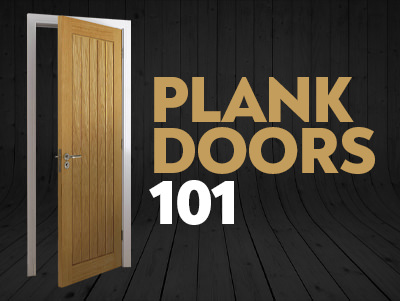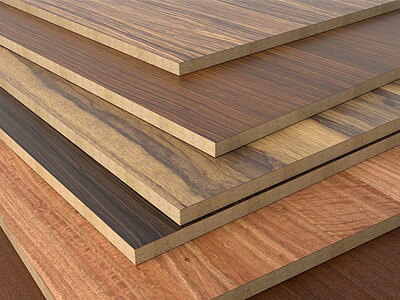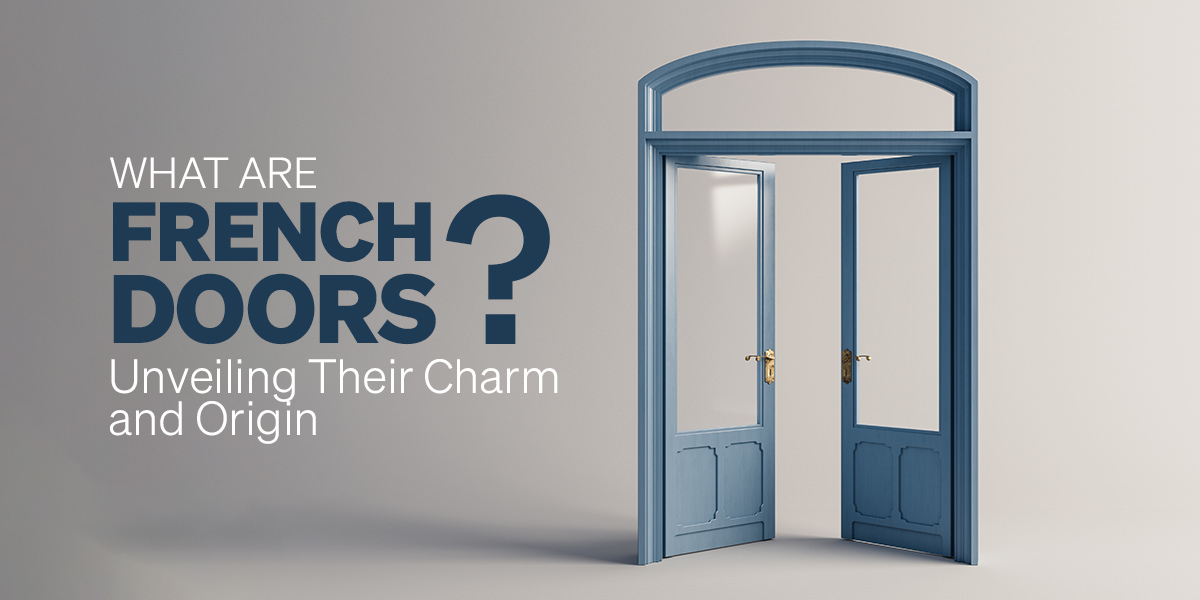
Stylish, charming, and sophisticated, French doors add something special to traditional and modern architectural designs. These doors have a long and illustrious history, and they've remained a popular choice throughout the ages. Here's why these doors are a perennial favourite.
Design and Features of French Doors
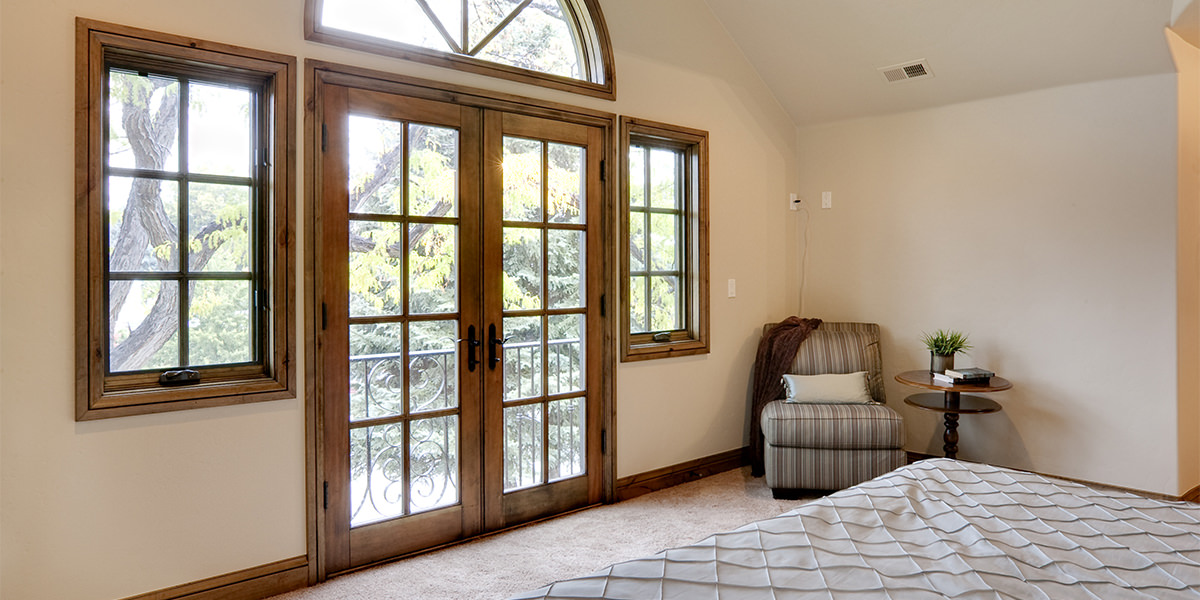
French doors are characterised by their glass panes, running from top to bottom, and frequently fitted in pairs. They are sometimes referred to as window doors since they were originally used as oversized windows in France.
Typically hinged and swinging either inward or outward, they offer a wide, unobstructed view and allow ample natural light to enter indoor spaces. This makes them ideal for connecting interior rooms or accessing outdoor areas like patios or gardens. Their geometry, proportion, regularity, and symmetry also sets them apart.
French doors are a popular alternative to sliding doors because of their innovative, classic design. They allow for large openings, making them ideal for areas where extra ventilation is needed and for creating a more open feeling inside a space.
At Buildworld, you'll find French doors in a range of widths, thicknesses, and heights, ensuring that there's a stylish option that suits your home.
Historical Origins
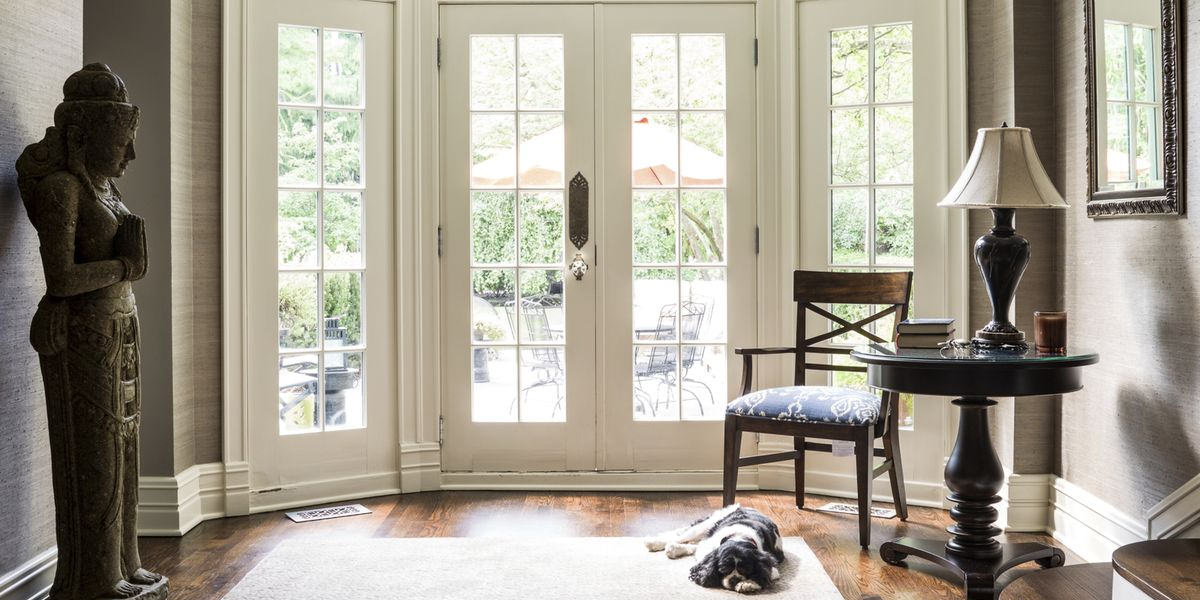
French doors are called as such because they were invented in France around the Renaissance period. People were looking for ways to add more light and air to flow into homes and started using glass to achieve this effect. They were originally made from wood and designed as tall windows big enough for people to step onto balconies, giving them a somewhat romantic feel that they retain to this day.
French Doors in Different Climates
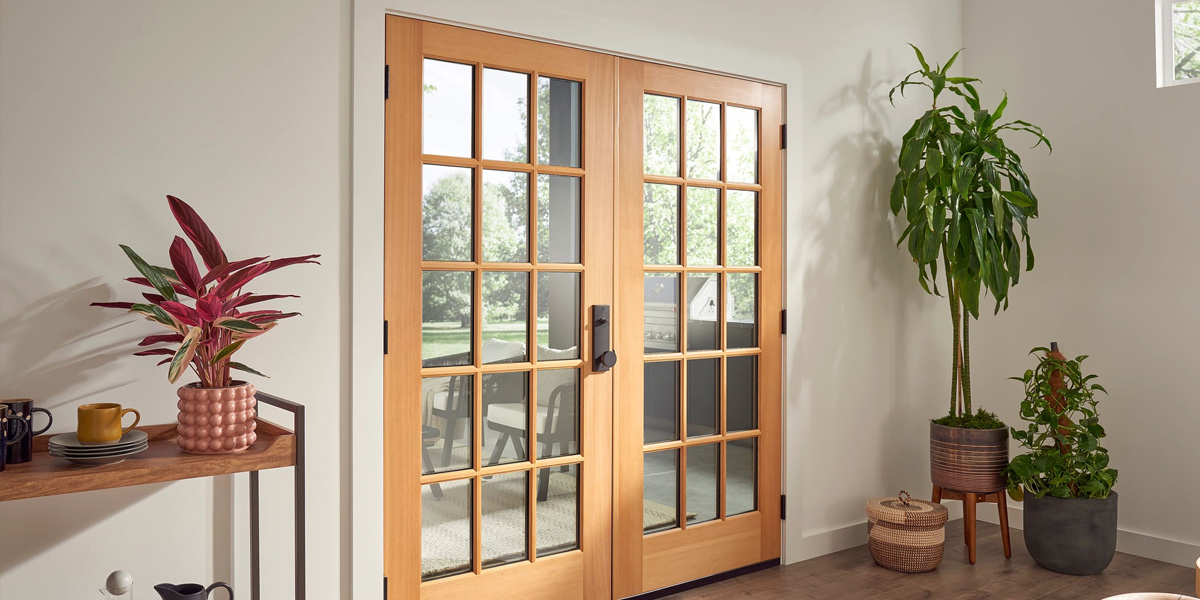
With different design and functionality adjustments, French doors can be adapted to a range of climates.
In warmer climates with abundant heat and sunlight, you should choose energy-efficient glass doors that offer UV protection. This will help minimise the transfer of heat and protect your furniture from sun damage. You could also incorporate retractable screens or install transoms and sidelights around your French doors, increasing airflow while maintaining your privacy and security.
In cooler climates, you'll need to ensure that your French doors' frame is properly insulated and use weatherstripping to stop gaps that lead to drafts and heat loss. Double-or even triple-pane glass options with low-emissivity coatings will improve insulation overall, helping you retain warmth indoors while it's cold outside.
Glass Options for French Doors
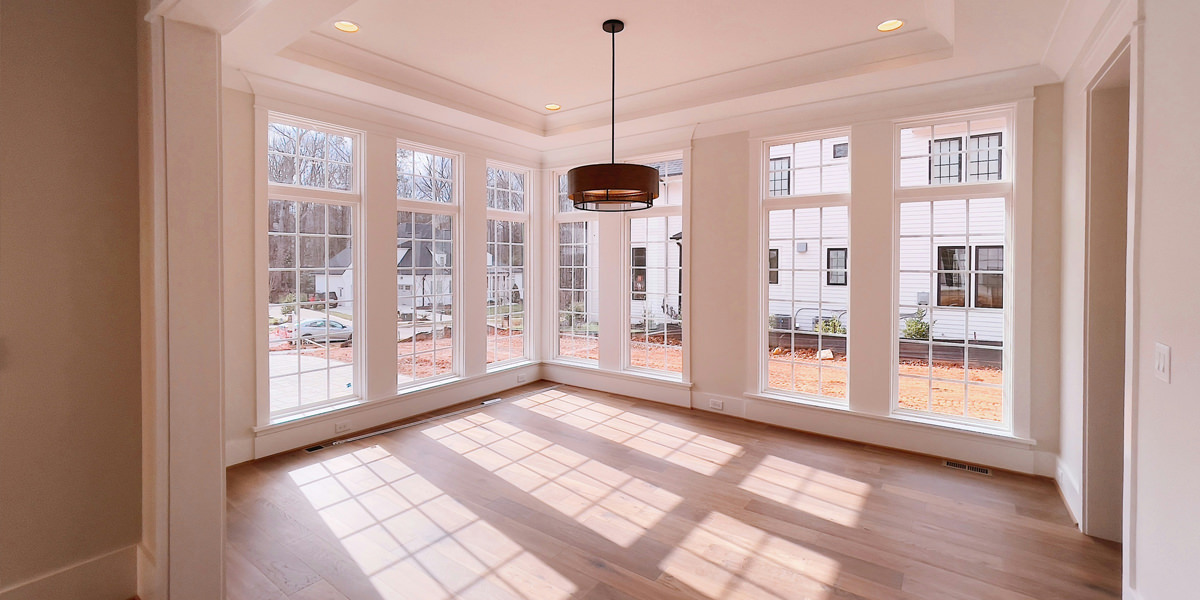
While regular glass or shatterproof glass is perfectly acceptable for French doors, smart glass offers a new way to enhance your living spaces.
Smart glass technology transforms the versatility and functionality of French doors. It offers innovative solutions that improve comfort, energy efficiency, and privacy. Electrochromic, liquid crystal and thermochromic technologies allow the smart glass to dynamically adjust its opacity and transparency per user commands and/or external conditions.
Choosing the Right French Doors
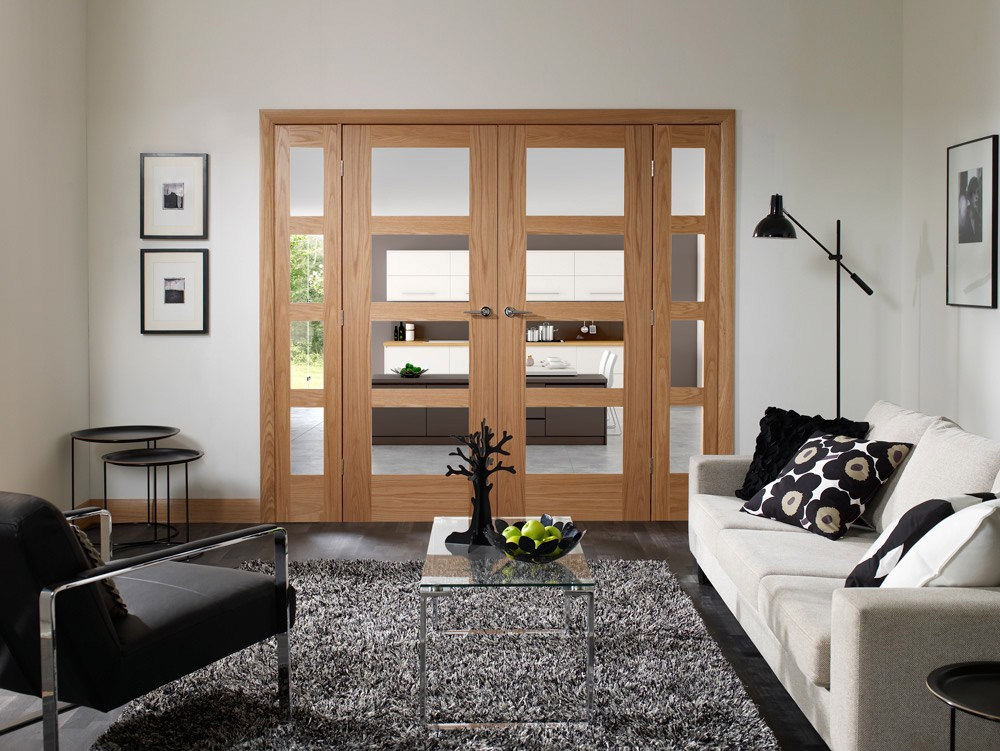
When you're selecting French doors, keep the following tips in mind when it comes to design, material, and installation:
- Choose a design that complements the rest of your home. Classic divided-light designs are more traditional. While modern options, with larger glass panels, provide sleek profiles.
- Choose materials with your needs and climate in mind. As charming as wood is, it requires some maintenance. Fibreglass and uPVC don't need as much. Think about installing energy-efficient glass for durability.
- Make sure that you've got the proper measurements and alignment for your French doors if you're doing the installation yourself.
Modern Innovations and Trends
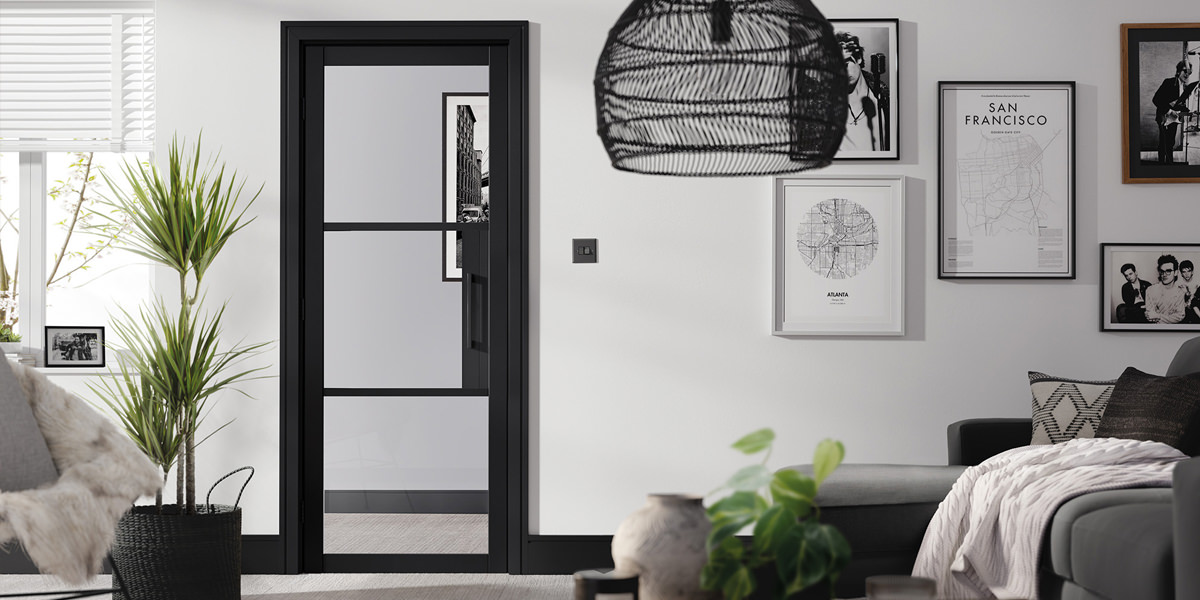
Modern French door innovations focus on improving aesthetics, functionality, and sustainability:
- Energy-Efficient Glass: Smart glass technologies, such as electrochromic and thermochromic glass, offer dynamic control over transparency and insulation, maximising energy efficiency and comfort.
- Integrated Automation: Integration with smart home systems allows for remote operation, scheduling, and monitoring of French doors, offering convenience and control over access and ventilation.
- Minimalist Framing: Sleek, simple frames are gaining popularity as they modernise the space they're in and maximise the glass area of the French door.
- Multi-Point Locking Systems: Advanced security features, such as multi-point locking systems, provide enhanced protection against intruders while ensuring smooth operation and durability.
- Sustainable Materials: Increasing focus on sustainability has led to the development of French doors made from eco-friendly materials such as recycled aluminium, sustainable wood, and low-emission glass, reducing environmental impact.
A Door For Every Home
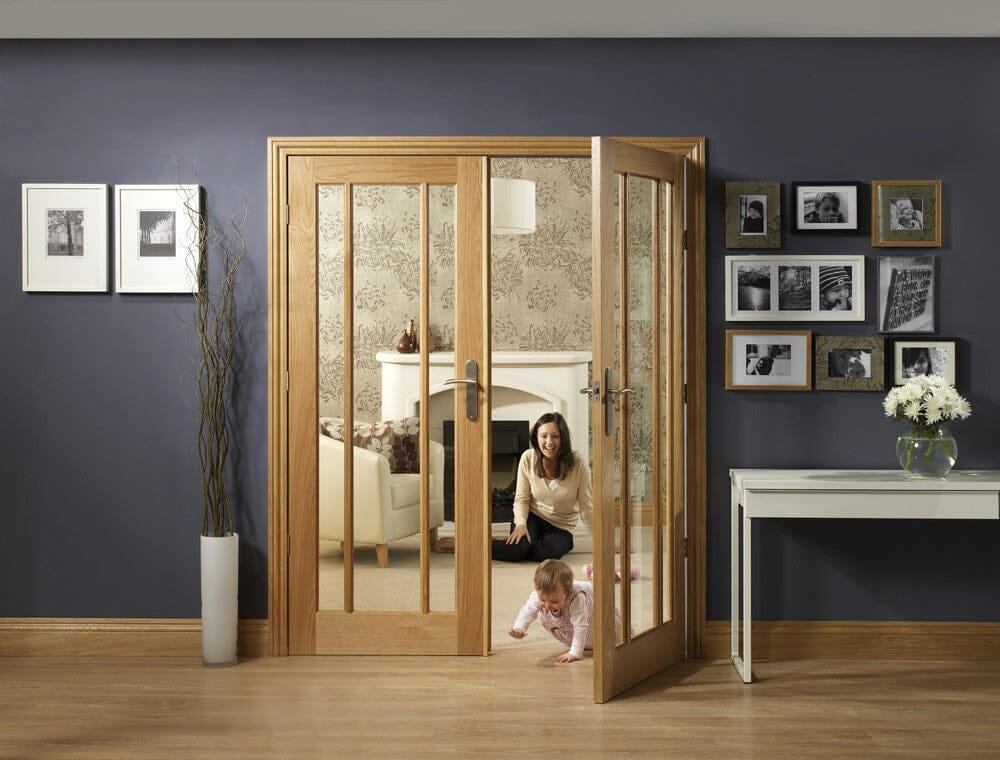
French doors epitomise timeless elegance and functionality, offering a seamless blend of aesthetics and practicality. Key points include their versatility in various climates, adaptability to modern innovations like smart glass and minimalist frames, and enduring popularity due to their ability to maximise natural light and indoor-outdoor connectivity.
FAQ's
How do French doors contribute to home energy efficiency?
French doors are much better at keeping heat in than most sliding doors because their frames are made of a good mix of wood and glass.
Can French doors be used as exterior doors in cold climates?
Yes, French doors can be used as exterior doors in cold climates with proper insulation and weatherproofing measures.
What are the security features available for French doors?
Some common security features for French doors include multi-point locking systems, deadbolts, reinforced hinges, security bars or grilles, smart locks, and laminated or impact-resistant glass.
How do smart glass technologies enhance the functionality of French doors?
Smart glass technologies enhance the functionality of French doors by offering dynamic control over transparency, allowing occupants to adjust privacy levels as needed. Additionally, smart glass regulates sunlight and heat entry, improving energy efficiency and maintaining comfortable indoor temperatures.
What maintenance is required for different types of French doors?
Different kinds of French doors need different amounts of upkeep. Wooden French doors may need to be stained or painted regularly to protect them from water and rot. They should also be checked periodically for signs of damage.
French doors made of uPVC or fibreglass are usually very low-maintenance. They only need to be cleaned with light soap and water to keep them looking great.
All types of French doors need to have their hinges and locks oiled regularly to ensure they work smoothly and last as long as possible.
How do French doors compare to sliding doors in terms of space and design?
French doors feature a traditional design with hinged panels that swing open, requiring space both inside and outside the door frame for clearance. In contrast, sliding doors offer a contemporary look with panels that glide horizontally along tracks, making them ideal for areas with limited space or where furniture placement might obstruct swinging doors.
What are the historical periods most associated with the popularity of French doors?
The popularity of French doors is closely associated with several historical periods, including the Renaissance (14th to 17th centuries), the Baroque period (17th to early 18th centuries), and the Victorian era.
Related Articles
Category
Doors & WindowsPosted On
9th January 2025